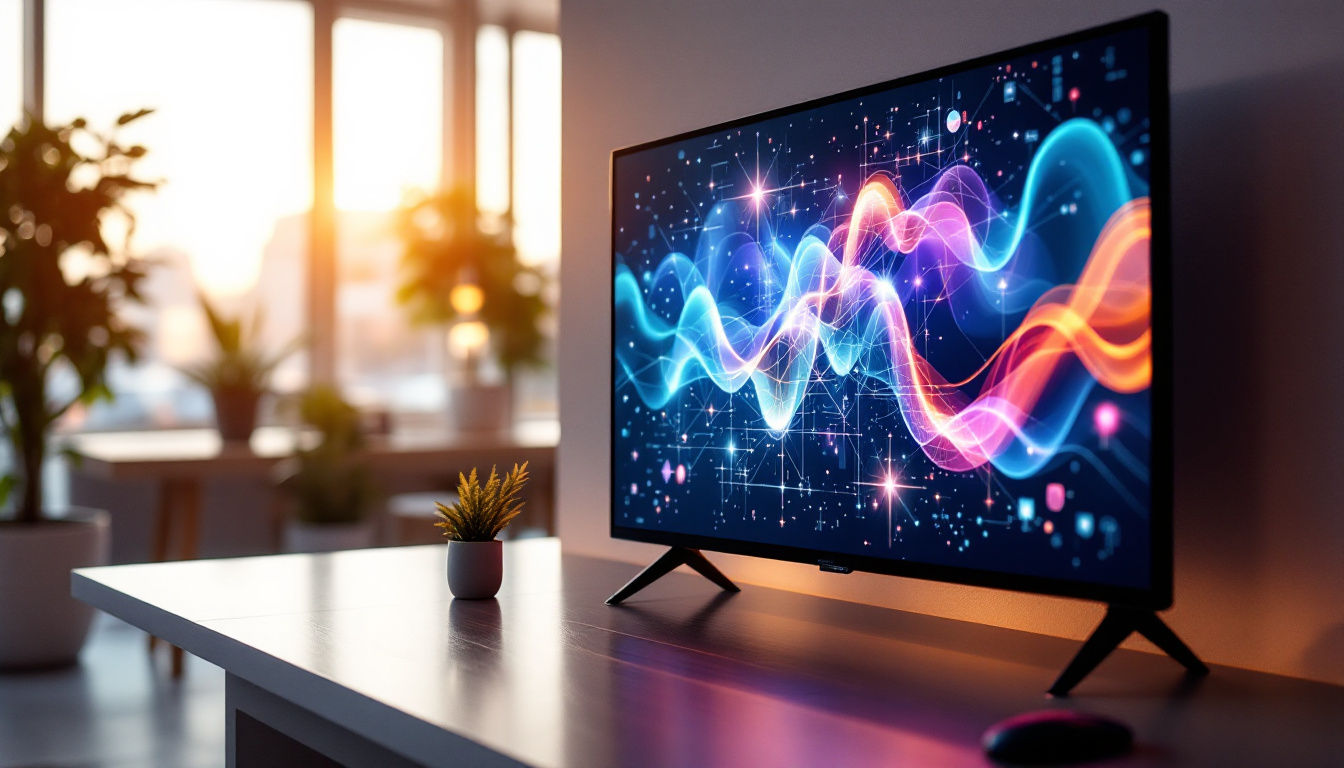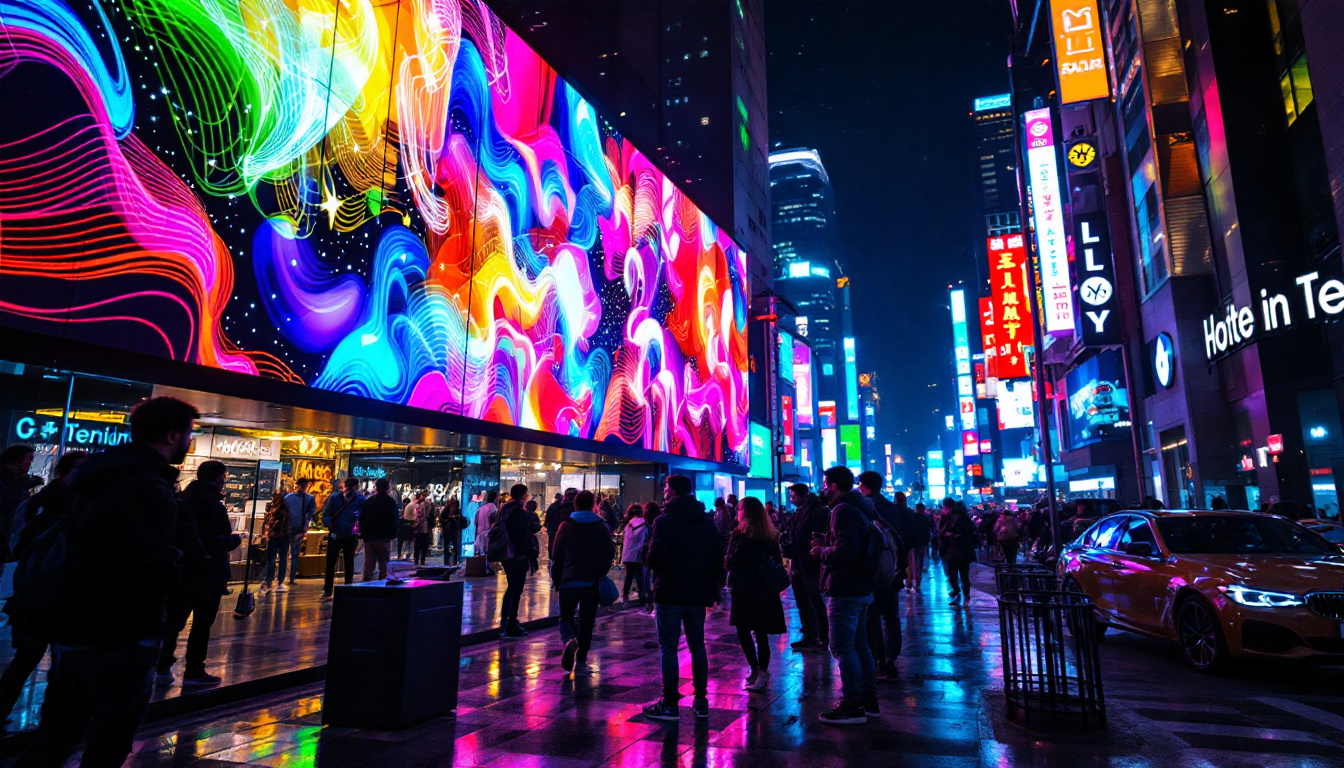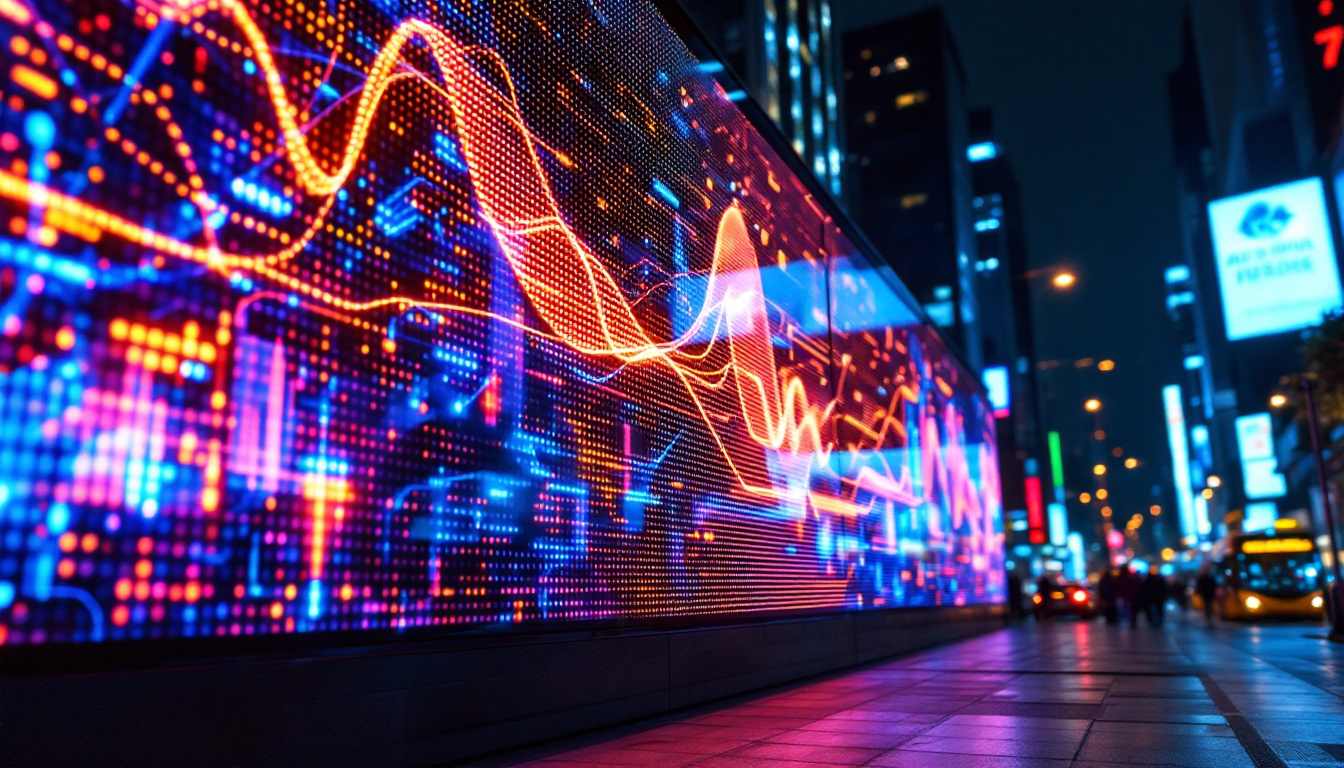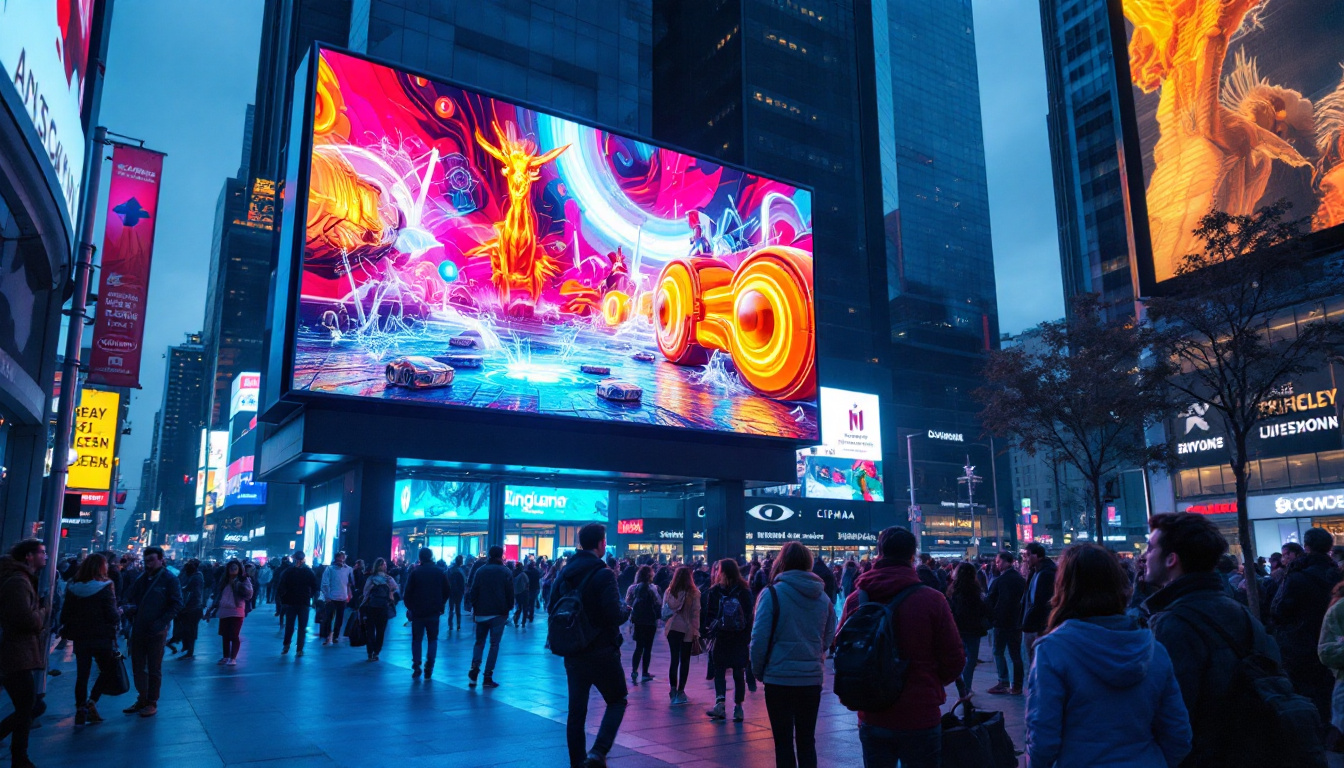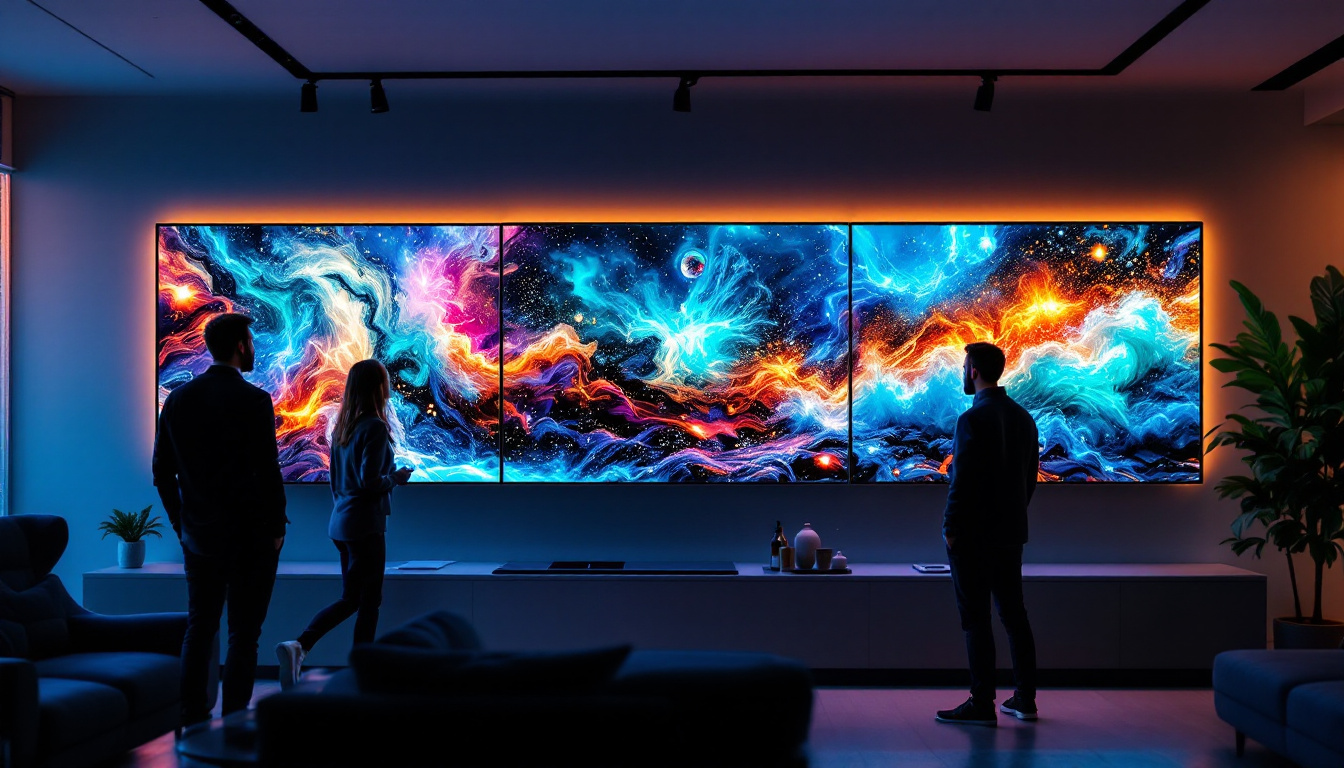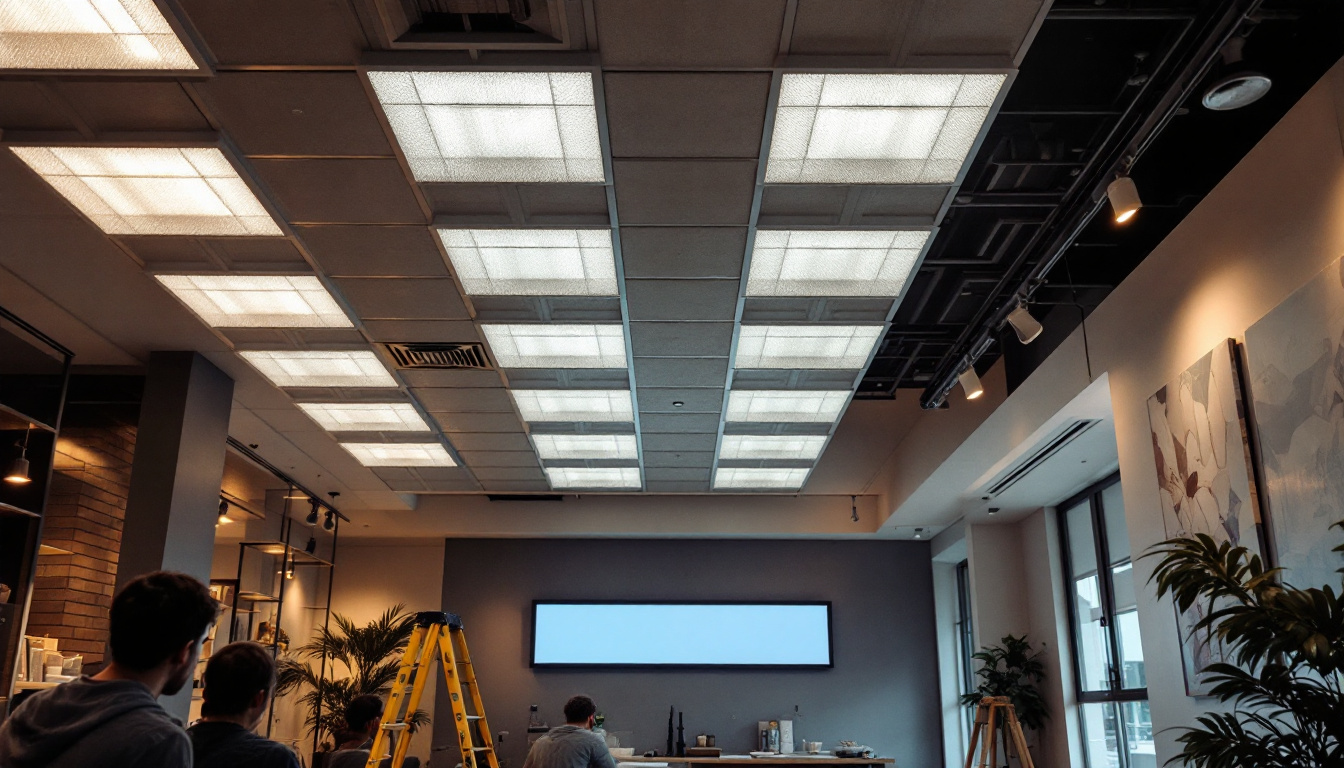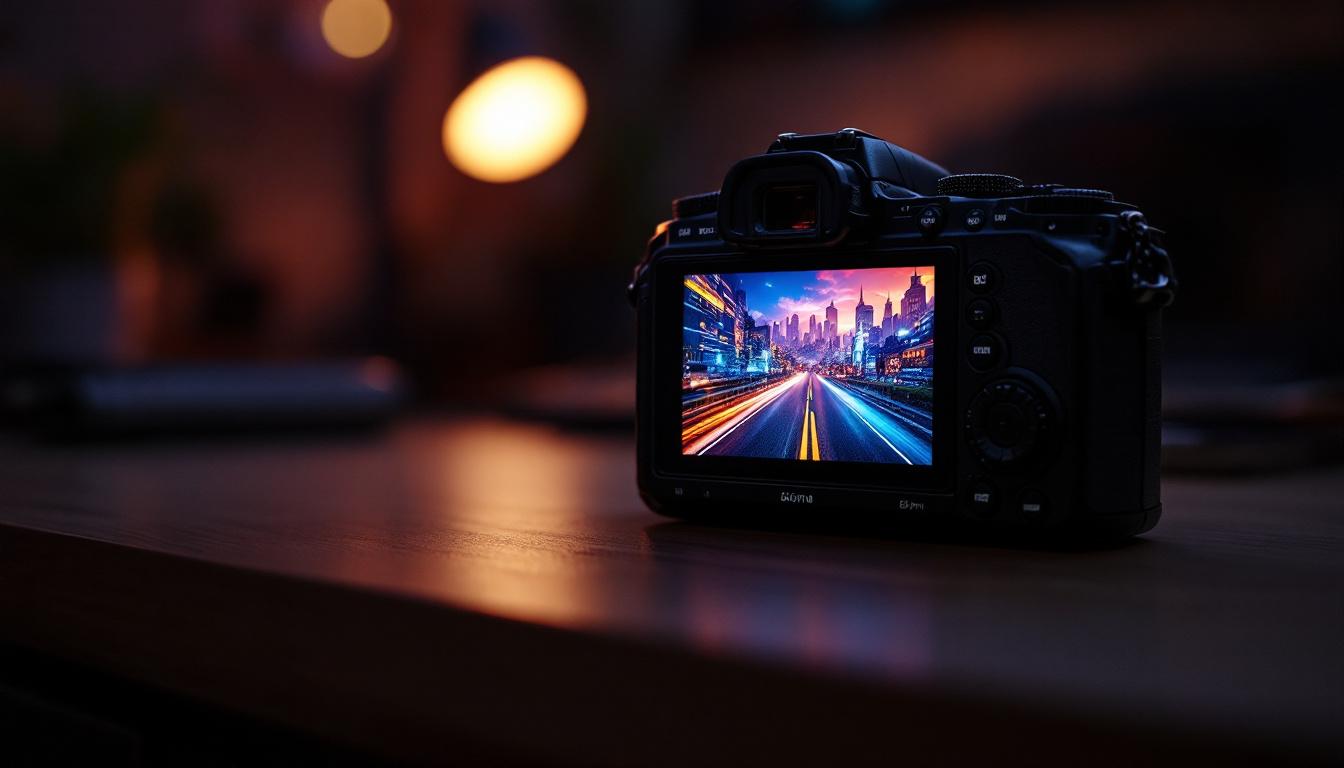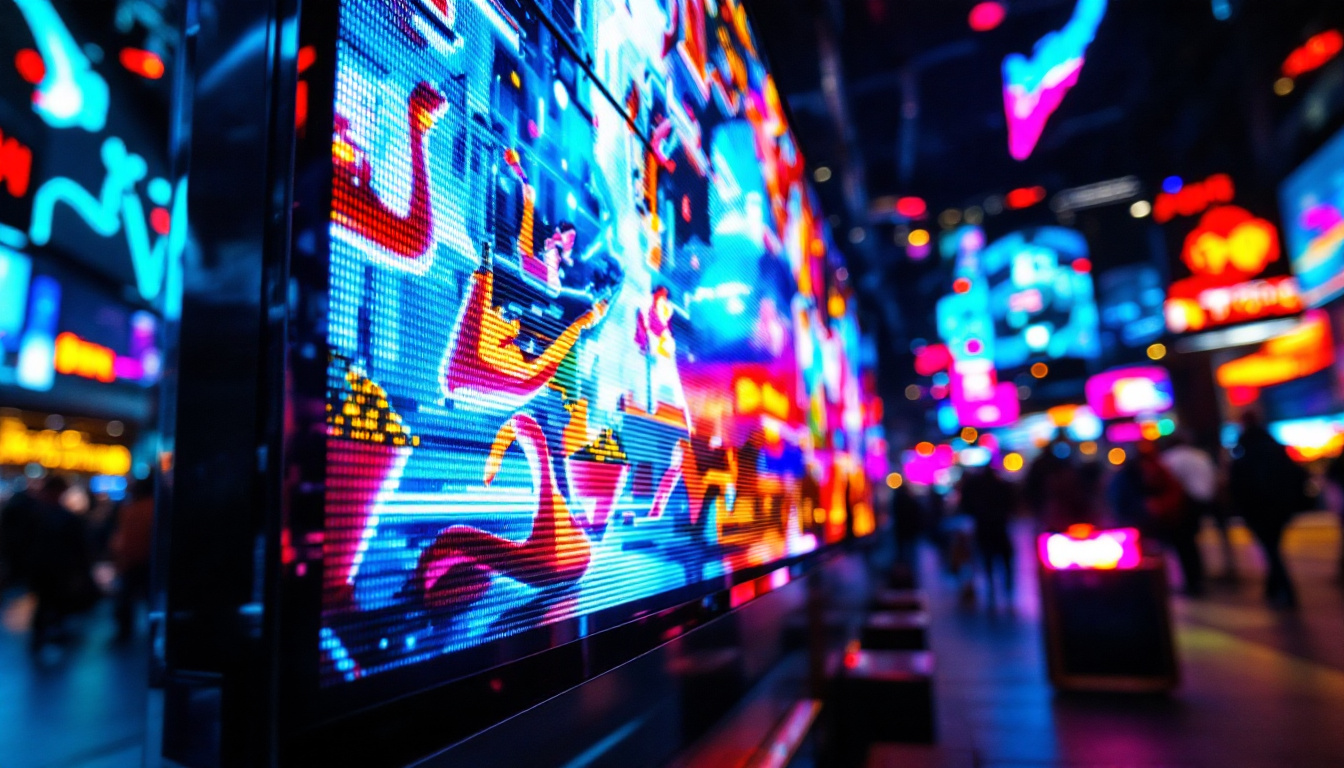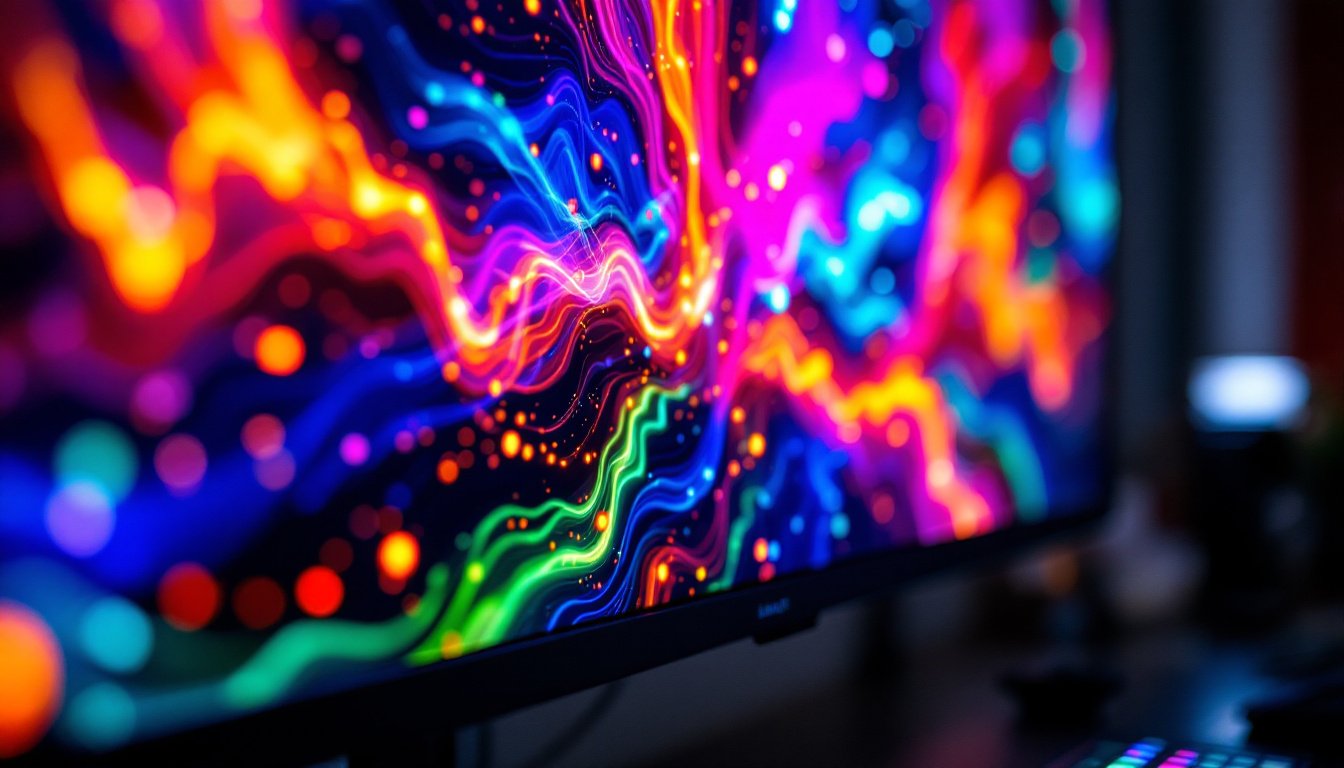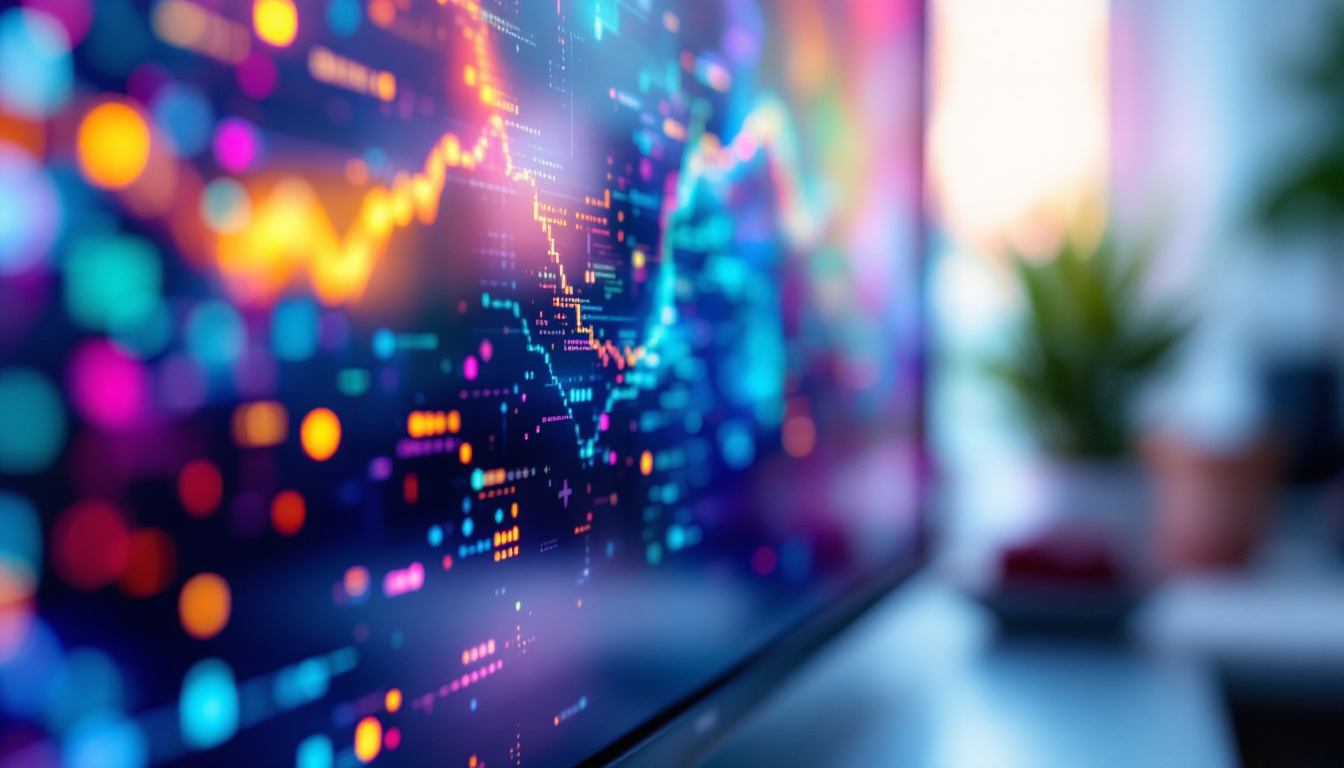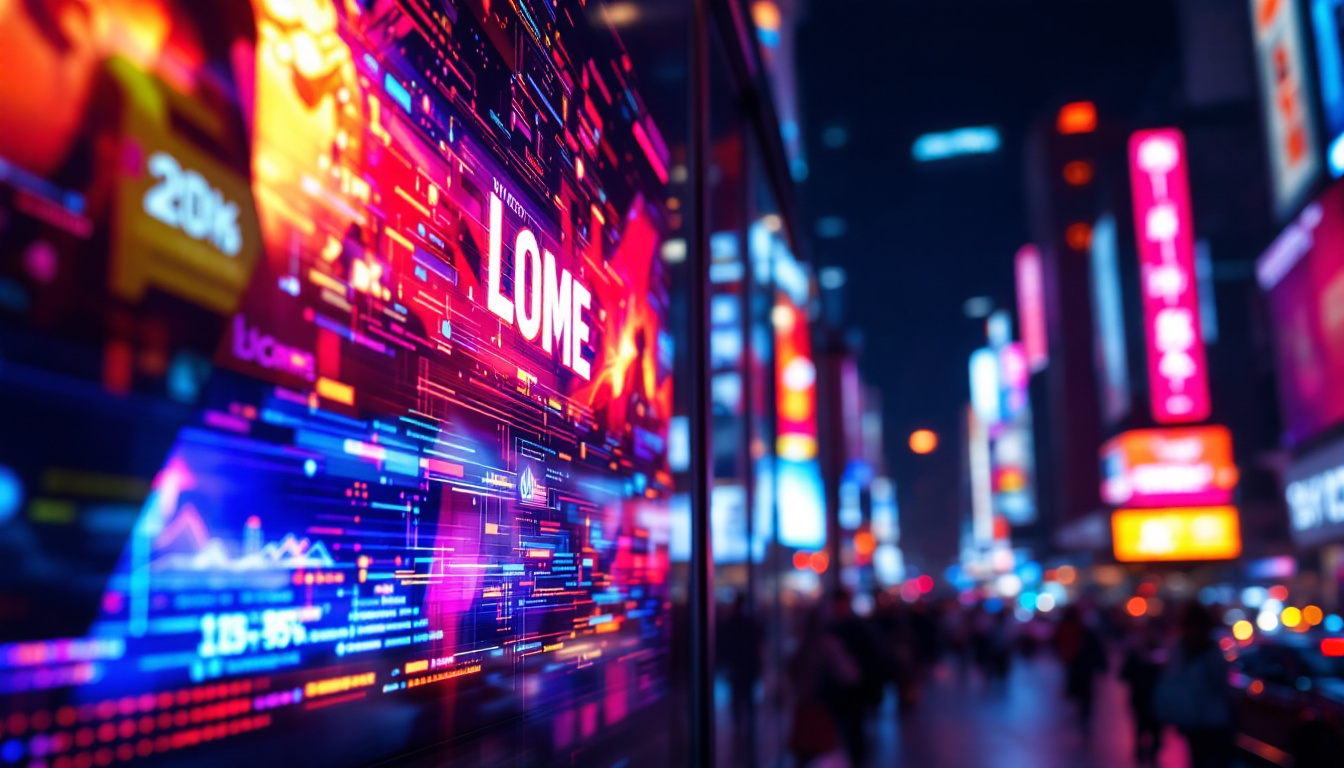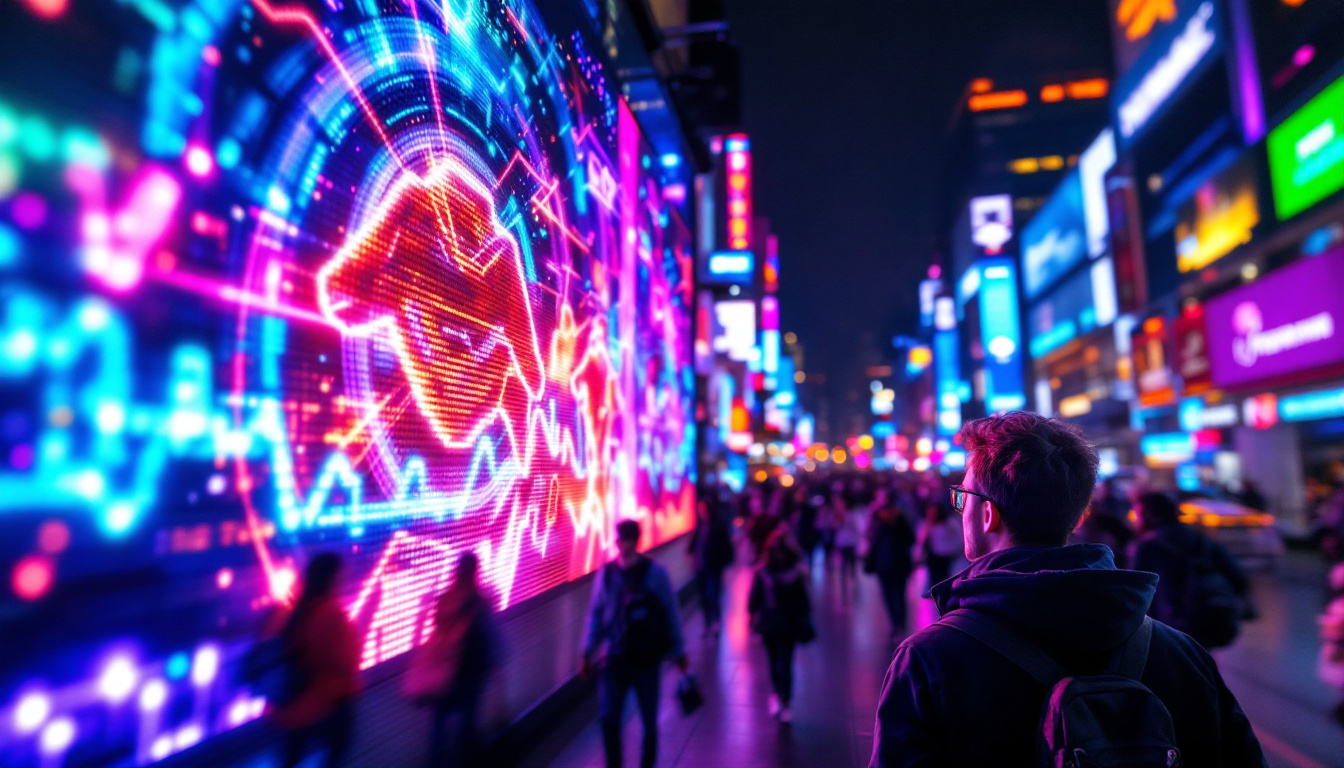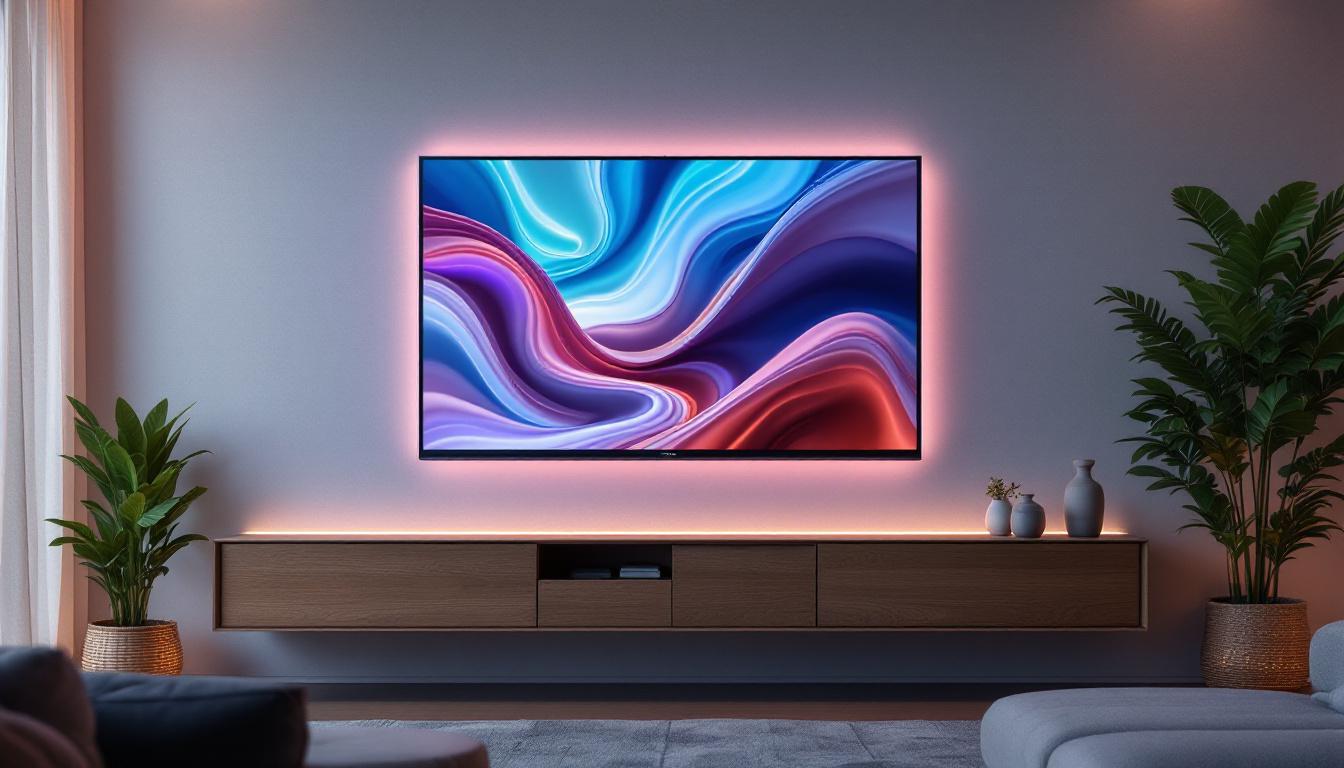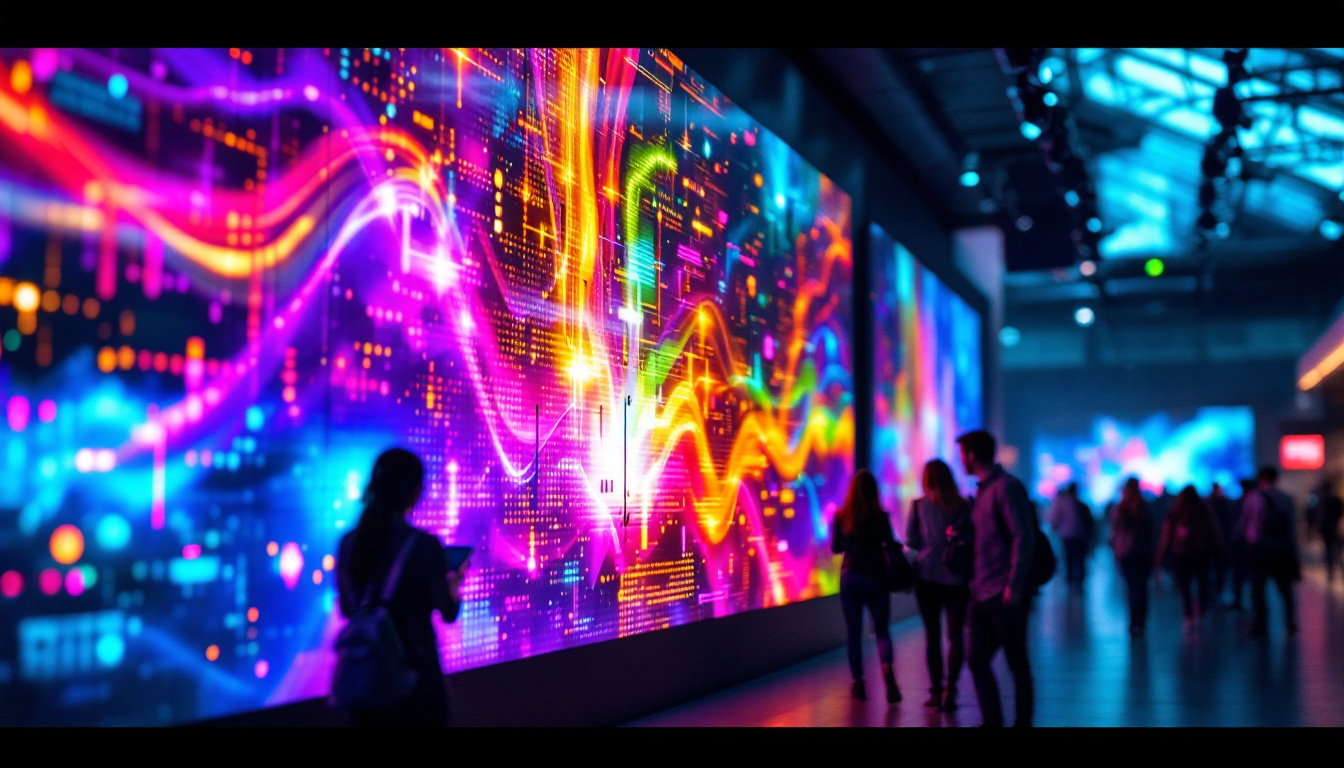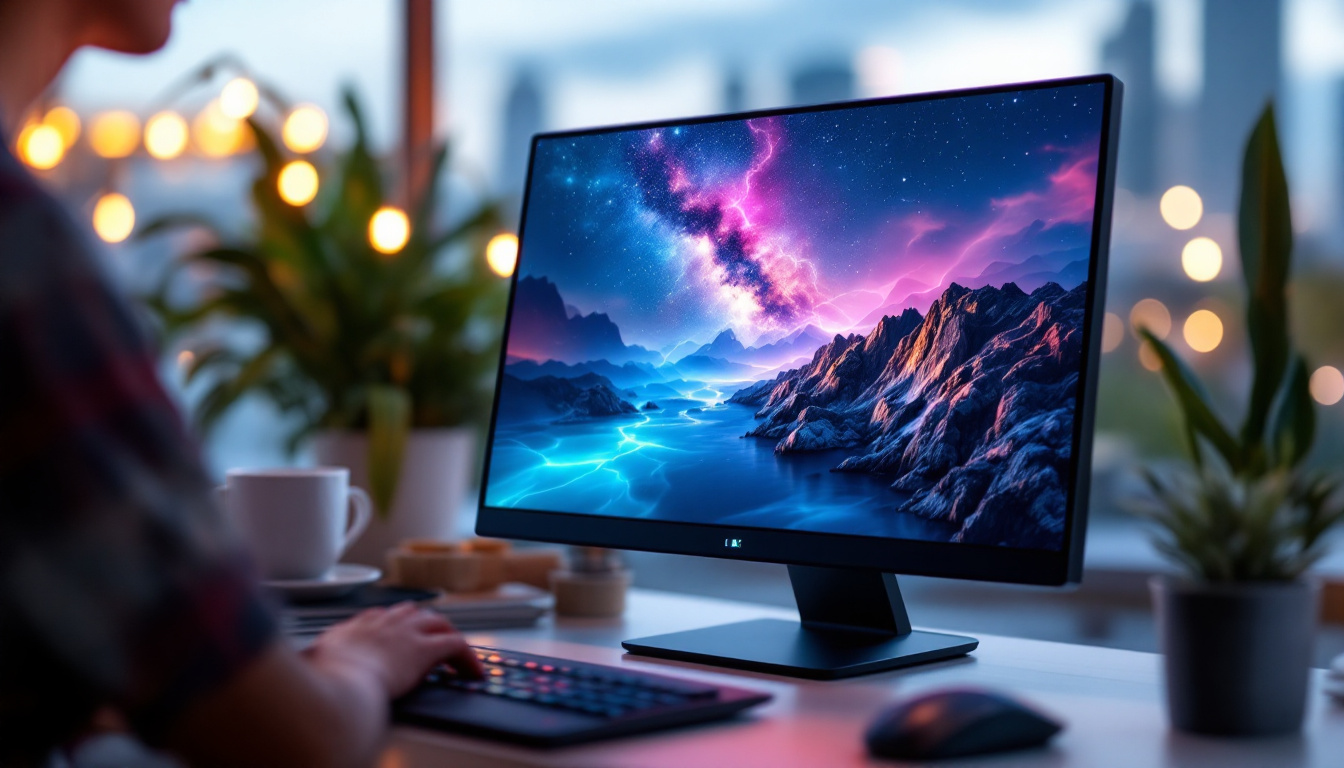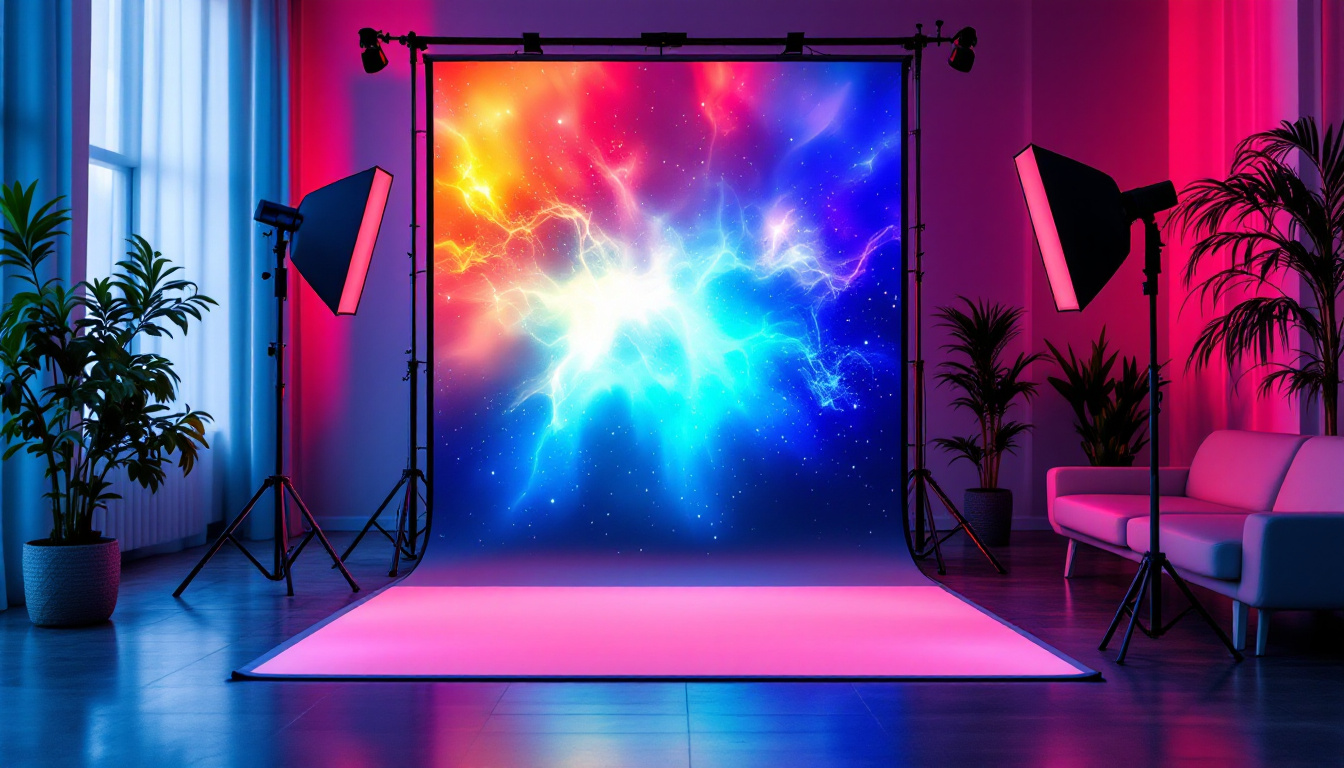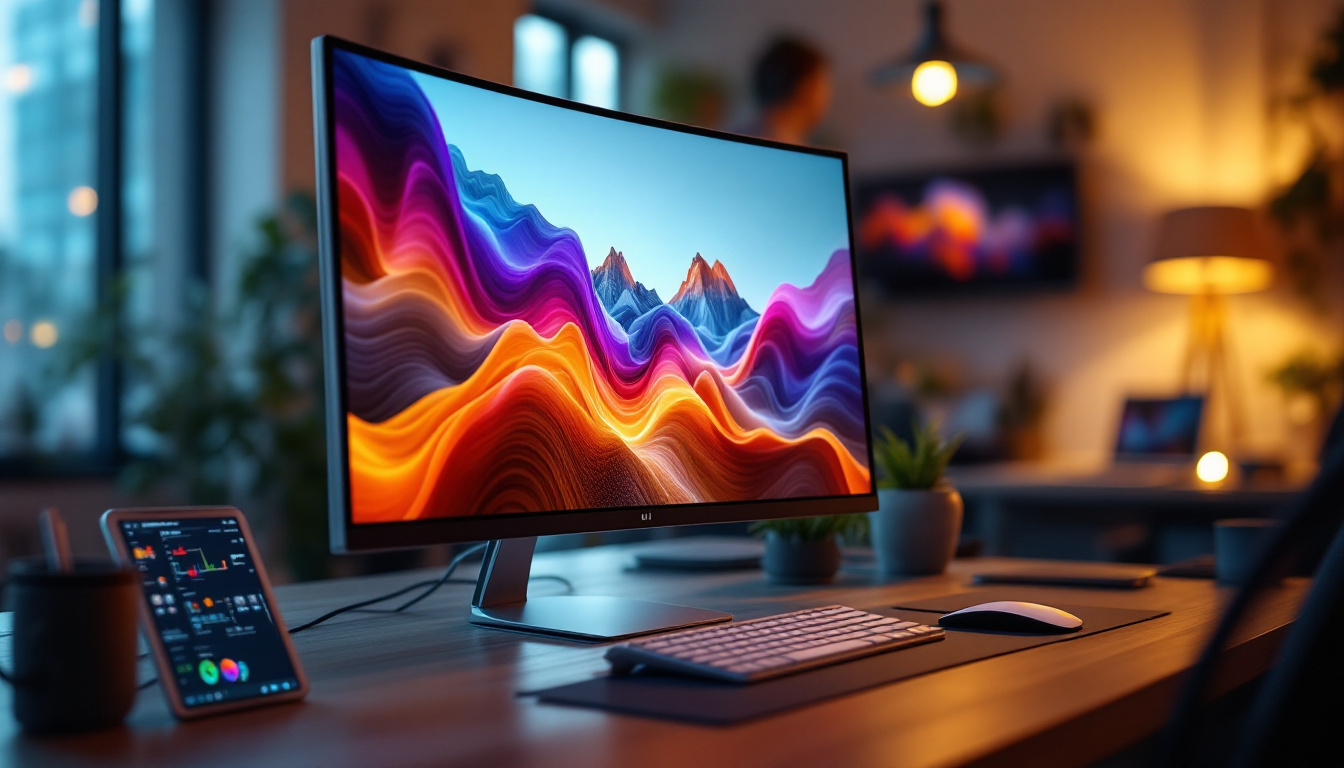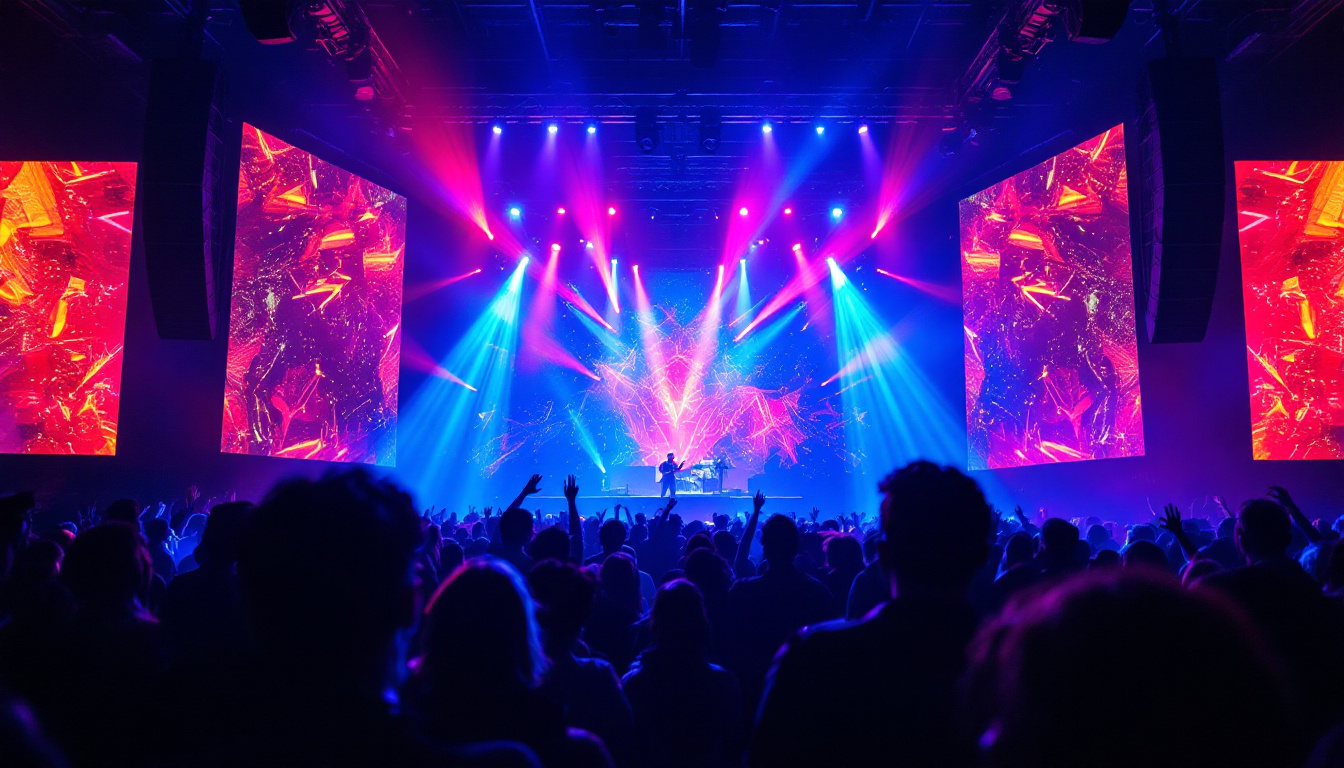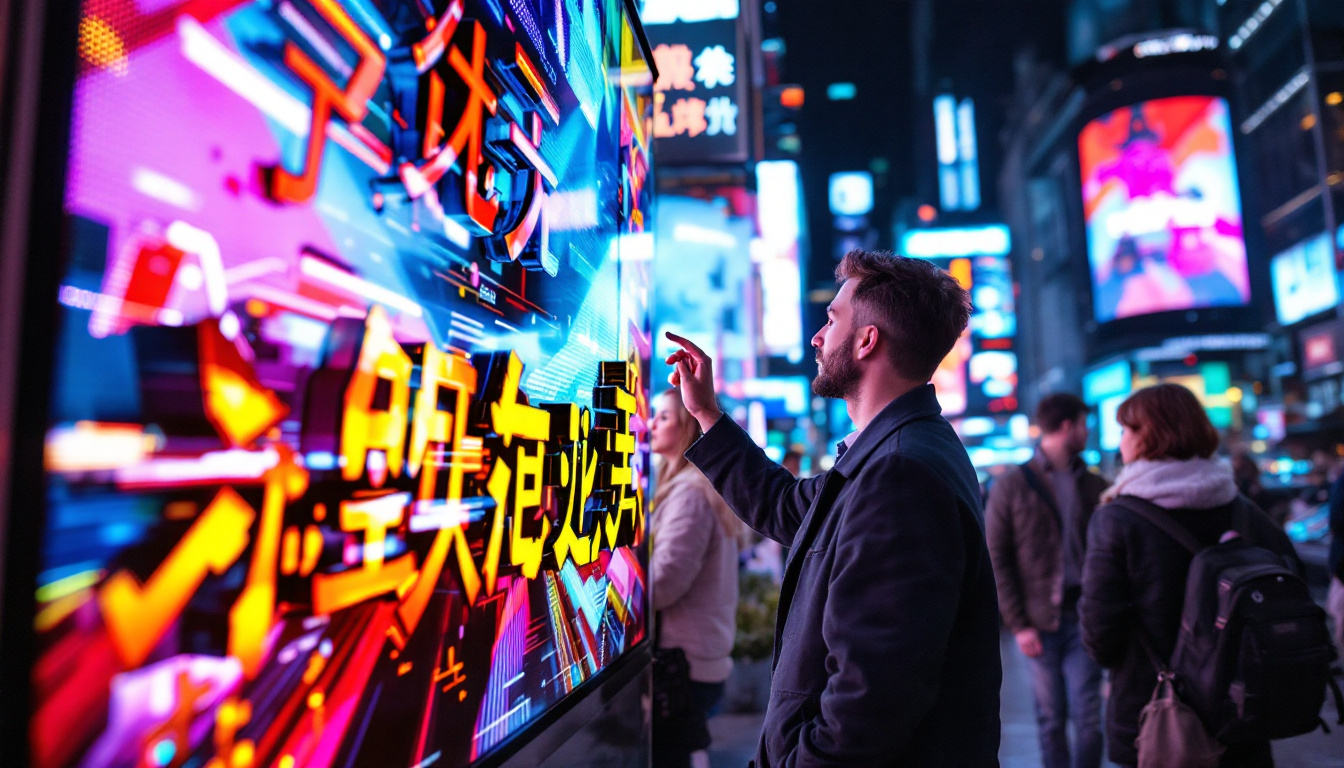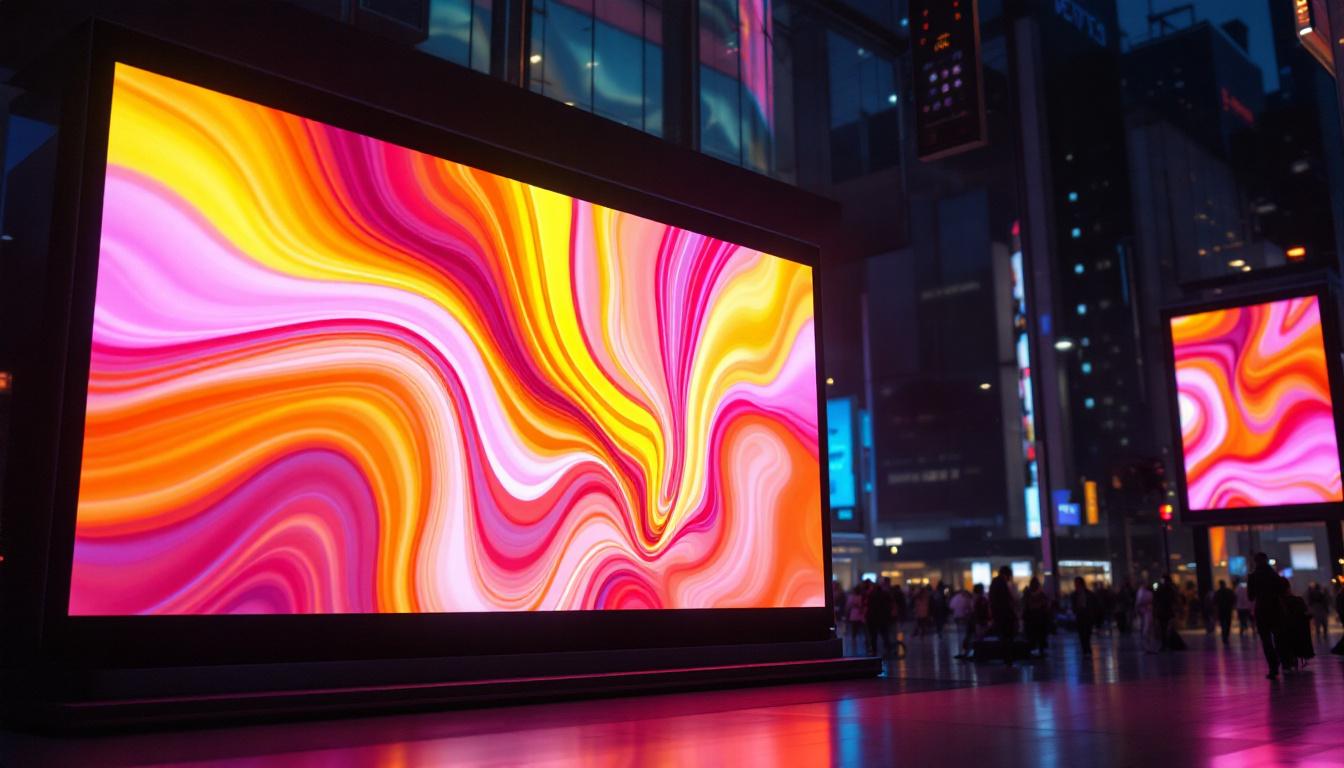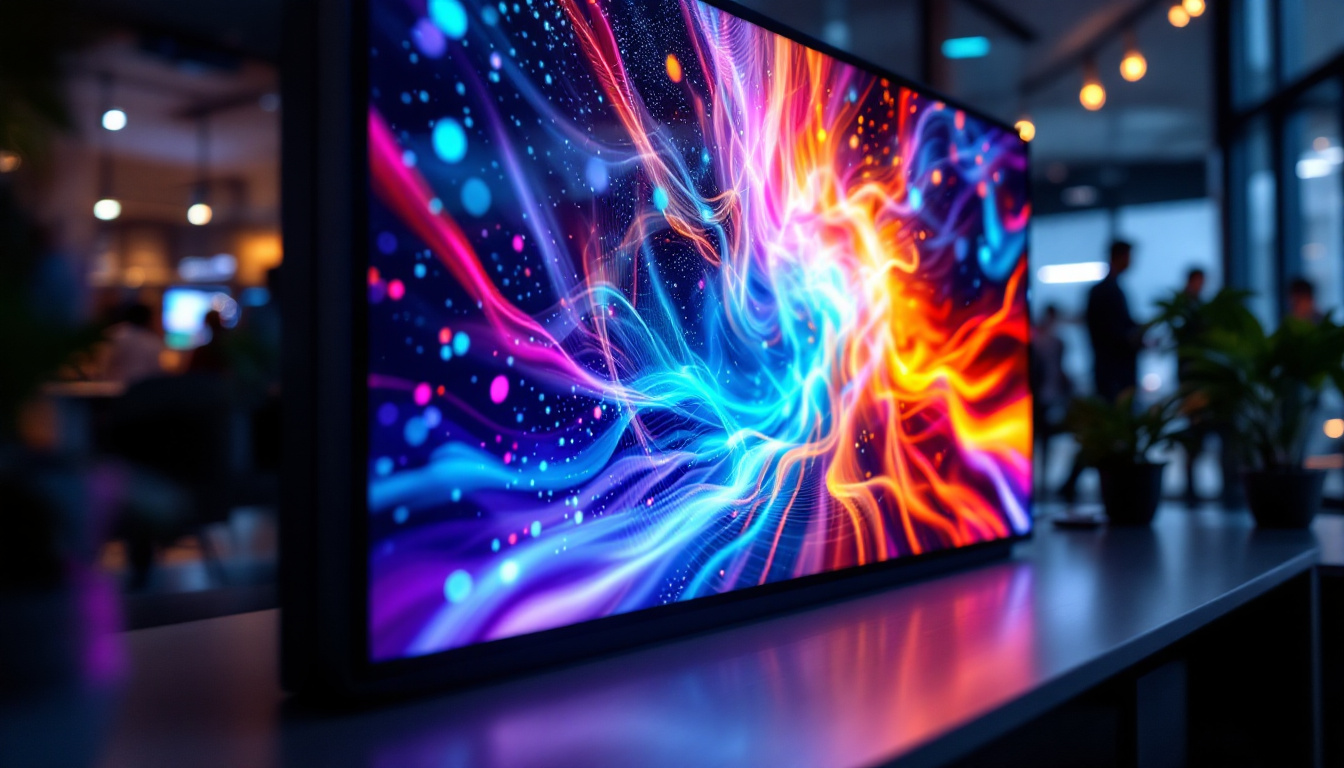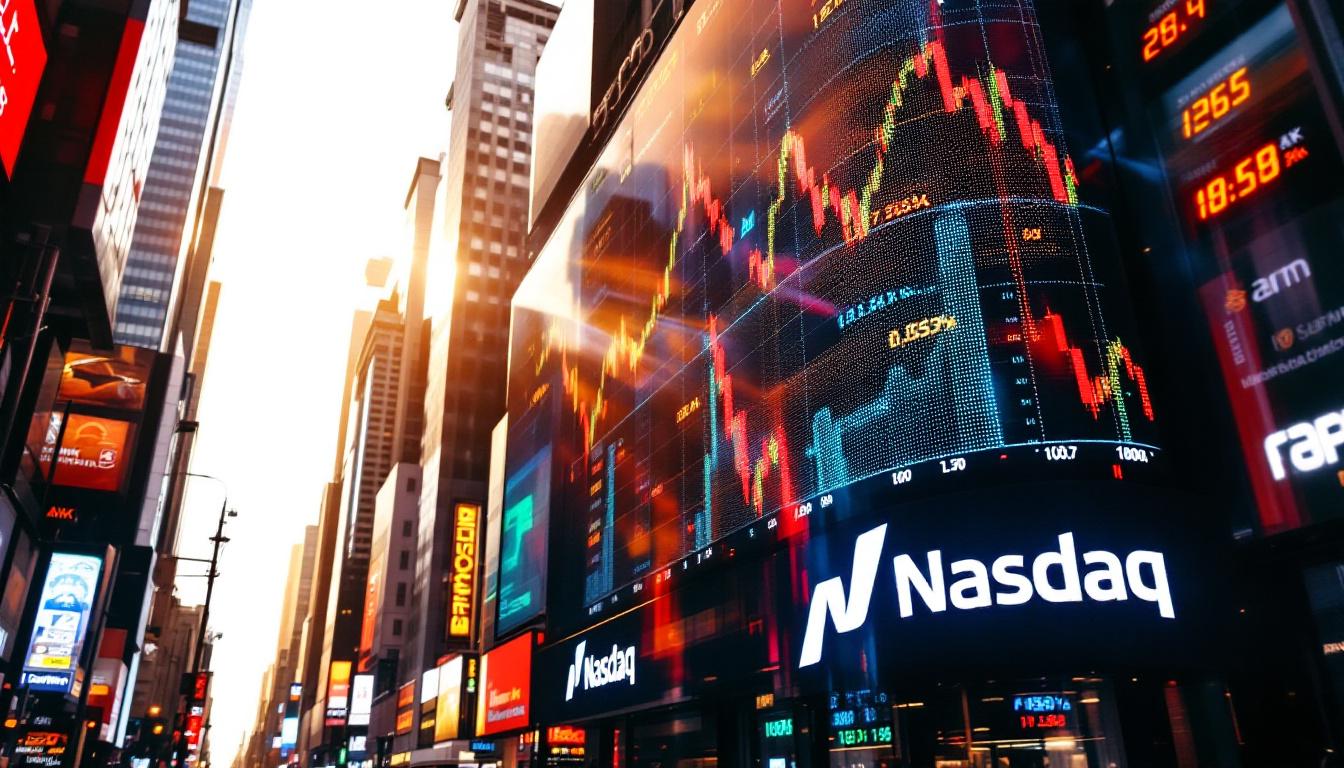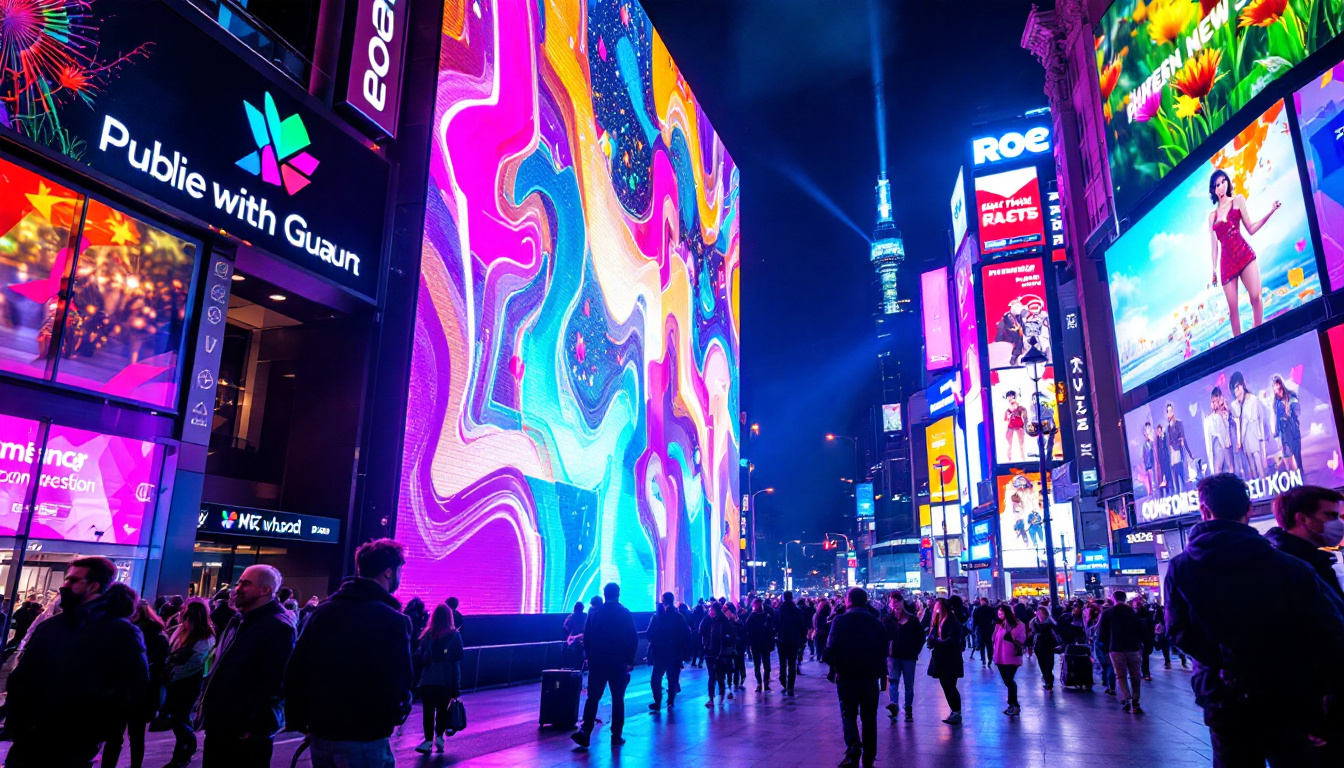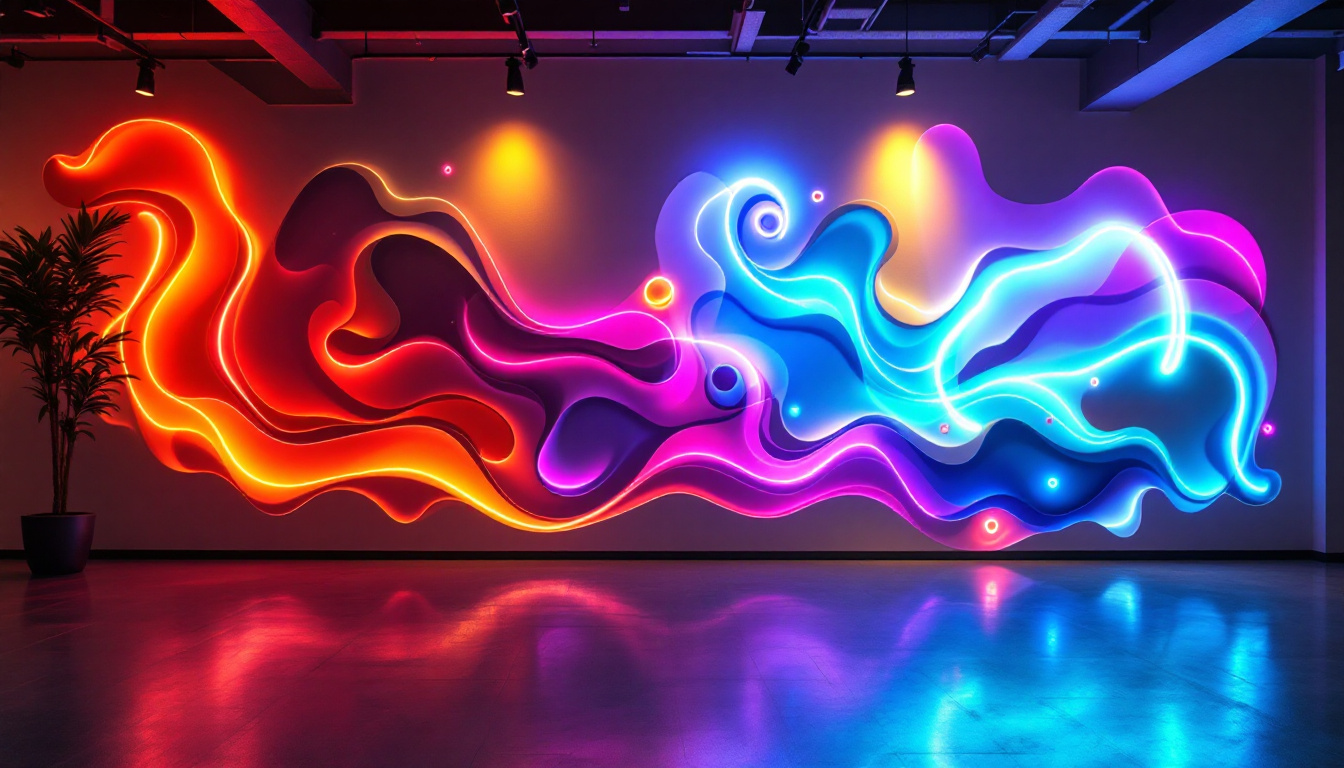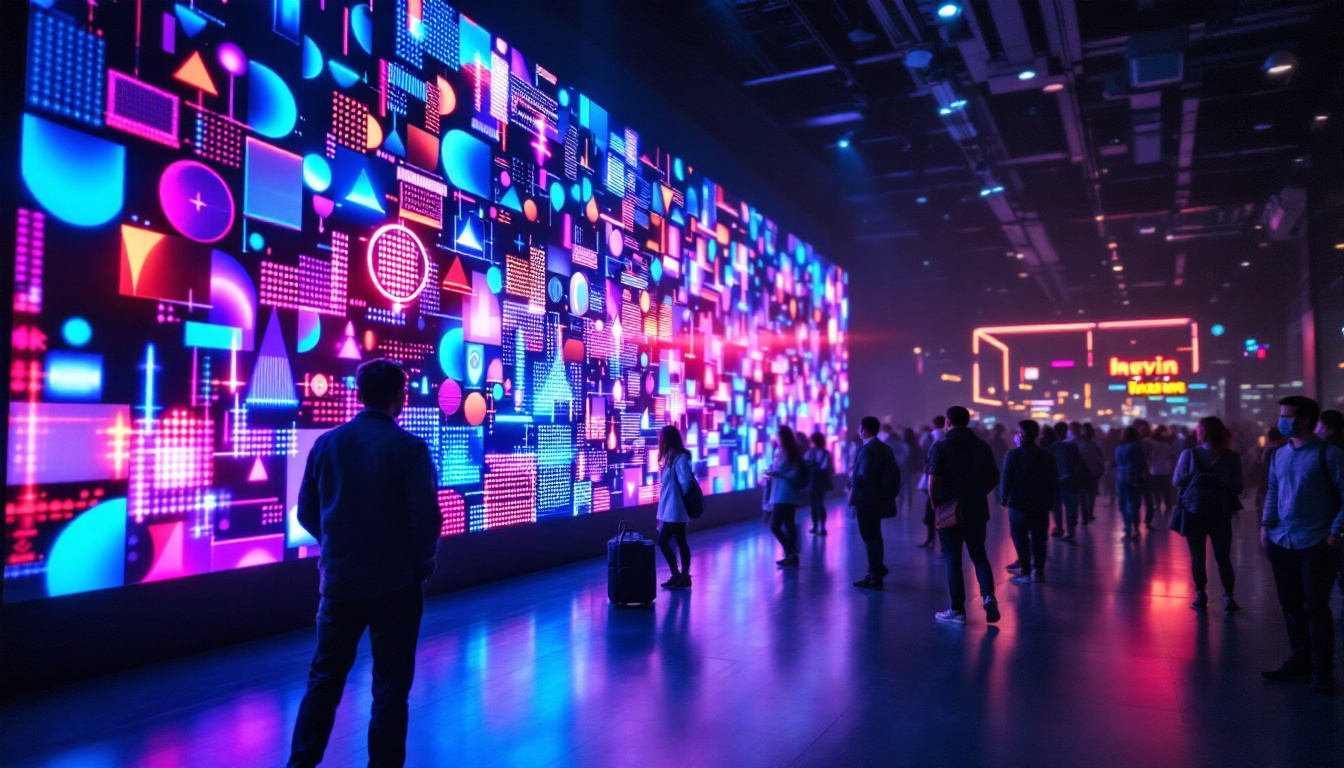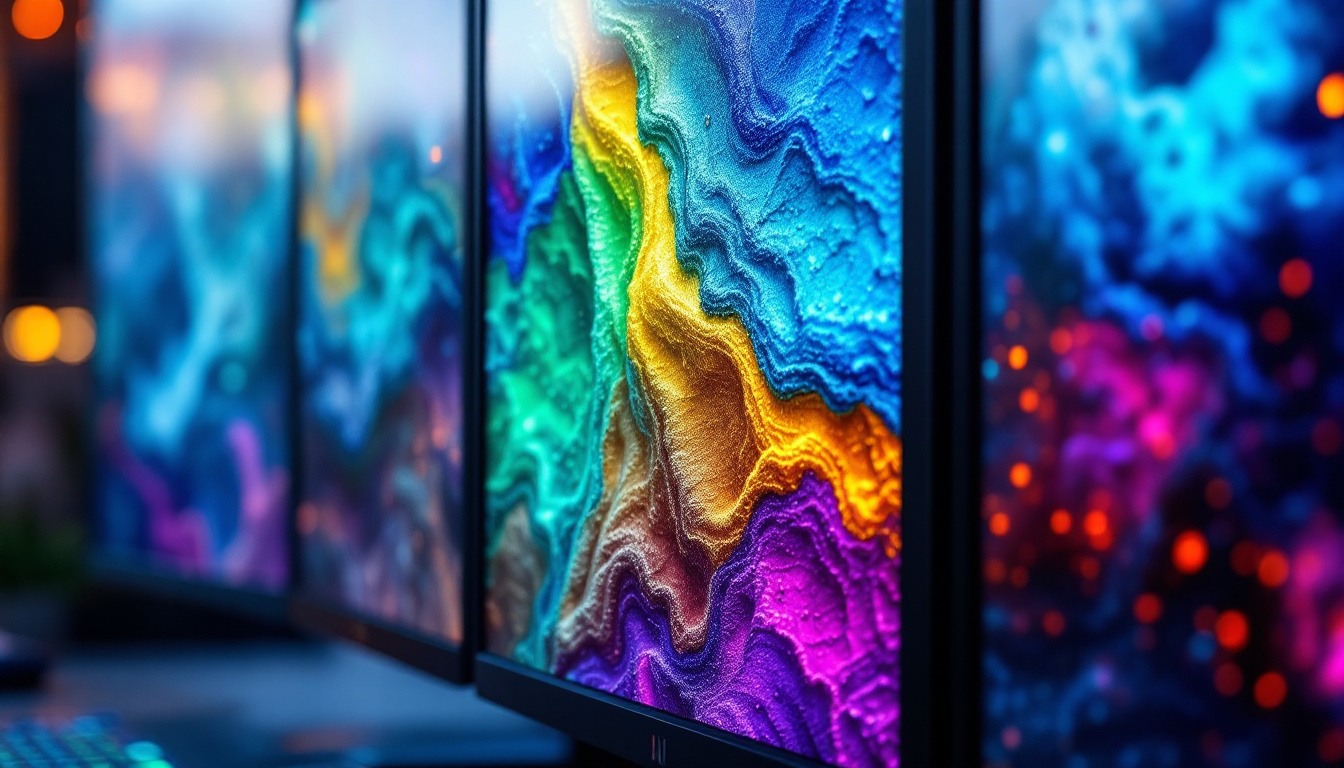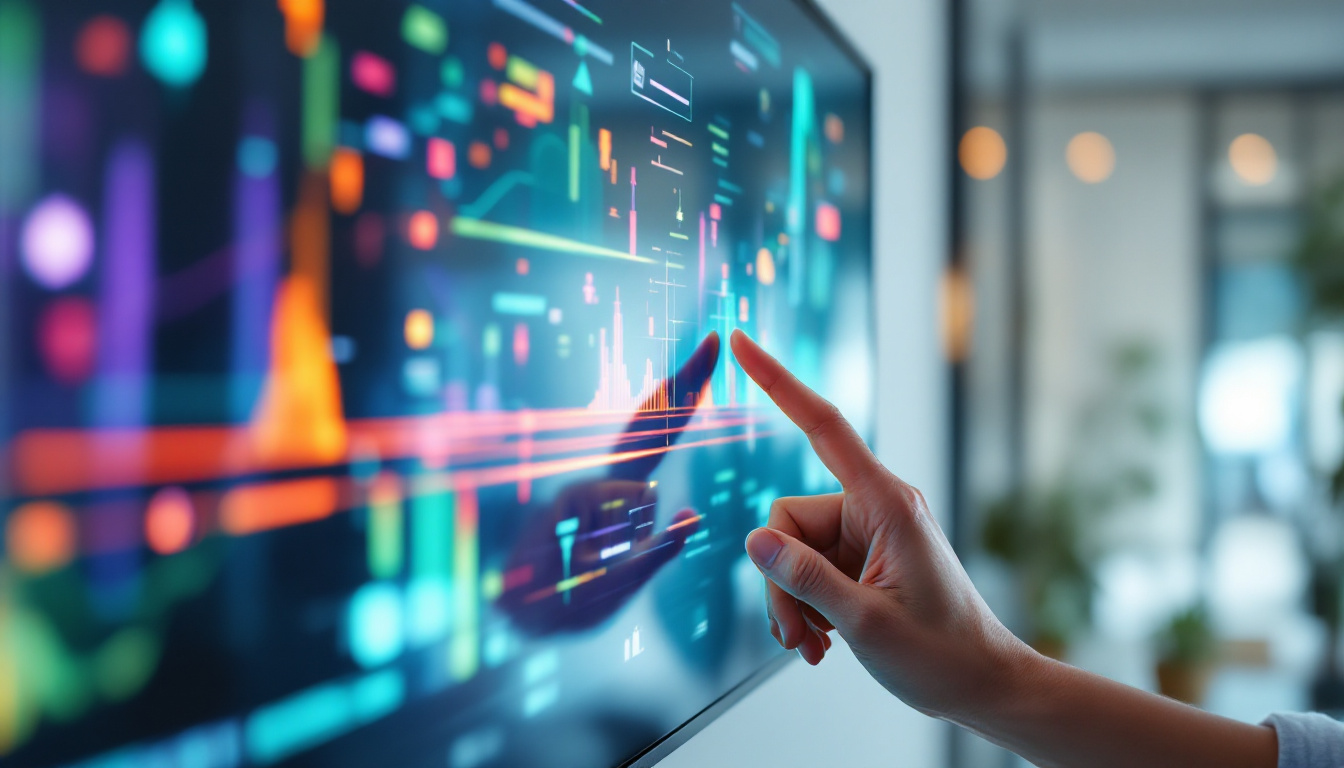In the modern world, technology has revolutionized the way we interact with information. One of the most significant advancements in this realm is the multifunction display (MFD), particularly those that utilize LED (Light Emitting Diode) technology. These displays have become ubiquitous in various fields, from aviation and automotive to marine and industrial applications. This article delves into the intricacies of multifunction displays, focusing on the role of LED technology, its advantages, and its applications.
Understanding Multifunction Displays
A multifunction display is a type of electronic display that can present a wide array of information in a single interface. These displays are designed to consolidate various data sources, allowing users to monitor multiple parameters simultaneously. The versatility of MFDs makes them invaluable in environments where space is limited and efficiency is paramount.
Key Features of Multifunction Displays
Multifunction displays are characterized by several key features that enhance their usability. One of the primary attributes is their ability to integrate data from multiple systems. For example, in an aircraft, an MFD can display navigational data, engine performance metrics, and weather information all in one place. This integration not only simplifies the cockpit layout but also improves situational awareness for pilots.
Another notable feature is the customizable user interface. Users can often tailor the display settings to prioritize the information most relevant to their specific needs. This adaptability is crucial in high-pressure environments where quick decision-making is essential. Furthermore, many MFDs come equipped with touch-screen capabilities, allowing for intuitive navigation and interaction, which can significantly reduce the cognitive load on users during critical operations.
Types of Multifunction Displays
There are various types of multifunction displays, each designed for specific applications. In aviation, glass cockpit displays are prevalent, offering pilots a digital interface that replaces traditional analog gauges. In the automotive sector, MFDs are often found in advanced infotainment systems, providing drivers with navigation, entertainment, and vehicle diagnostics. These automotive MFDs can also connect to smartphones and other devices, enabling seamless access to music, calls, and apps, thus enhancing the overall driving experience.
marine applications also utilize multifunction displays extensively. These displays can integrate radar, sonar, and GPS data, providing sailors with a comprehensive view of their surroundings. Additionally, many marine MFDs feature weather overlays and AIS (Automatic Identification System) capabilities, which help in tracking other vessels and avoiding potential hazards. The versatility of MFDs across different industries highlights their importance in modern technology. As technology continues to advance, we can expect even more innovative features and applications for multifunction displays, making them an essential tool in various fields, from healthcare monitoring systems to industrial automation. Their ability to adapt and evolve will undoubtedly keep them at the forefront of user interface technology for years to come.
The Role of LED Technology in Displays
LED technology has transformed the landscape of display systems, offering numerous advantages over traditional display technologies such as LCD and CRT. The use of LEDs in multifunction displays has enhanced their performance, durability, and energy efficiency.
Advantages of LED Displays
One of the most significant benefits of LED displays is their brightness. LEDs can produce vivid colors and high contrast ratios, making information easily readable even in bright sunlight. This feature is particularly advantageous in outdoor applications, such as digital billboards and marine displays. The ability to maintain clarity and visibility under various lighting conditions allows advertisers and information providers to reach their audience effectively, ensuring that messages are not lost due to poor visibility.
Energy efficiency is another critical advantage. LED displays consume significantly less power than their counterparts, which is especially important in battery-operated devices. This lower energy consumption not only extends the lifespan of the display but also reduces operational costs. In addition, the reduced heat generation from LED displays can lead to lower cooling costs in environments such as data centers, where maintaining optimal temperatures is crucial for equipment performance.
Longevity and Durability
LED displays are known for their longevity. Unlike traditional displays that may suffer from burn-in or degradation over time, LED technology offers a longer operational life. This durability makes LED displays ideal for environments where reliability is crucial, such as in aviation and industrial settings. The extended lifespan of LED technology also contributes to sustainability efforts, as fewer displays need to be manufactured and disposed of, reducing electronic waste.
Furthermore, LED displays are resistant to shock and vibration, which is essential in applications where equipment may be subjected to harsh conditions. This resilience contributes to the overall effectiveness and trustworthiness of multifunction displays. Additionally, LED technology allows for flexible design options, enabling the creation of curved or irregularly shaped displays that can fit into unique spaces, enhancing aesthetic appeal and functionality in various installations. The adaptability of LED displays also opens up new possibilities in architectural design, where they can be integrated seamlessly into buildings and public spaces, creating dynamic visual experiences that engage viewers and enhance the environment.
Applications of Multifunction Displays
The applications of multifunction displays are vast and varied, spanning multiple industries. Their ability to present complex information in an easily digestible format makes them ideal for any environment where data visualization is crucial.
Aviation
In aviation, multifunction displays have become standard in modern aircraft. They provide pilots with critical flight information, including altitude, speed, navigation, and engine performance. The integration of various data sources into a single display enhances situational awareness and contributes to safer flying conditions.
Moreover, the use of LED technology in aviation displays ensures that information is visible under varying lighting conditions, which is vital during both day and night flights. The adaptability of these displays allows pilots to customize their interface based on personal preferences or specific flight conditions. Additionally, advancements in touchscreen technology have enabled pilots to interact with the displays more intuitively, allowing for quick adjustments and access to secondary functions without diverting their attention from flying.
Automotive
The automotive industry has also embraced multifunction displays, particularly in the realm of infotainment systems. These displays allow drivers to access navigation, media, and vehicle diagnostics seamlessly. The integration of smartphone connectivity further enhances the user experience, providing drivers with access to apps and services directly from the dashboard.
As vehicles become increasingly equipped with advanced driver-assistance systems (ADAS), the role of multifunction displays will continue to grow. They will serve as the central hub for displaying critical safety information, such as lane departure warnings and adaptive cruise control settings. Furthermore, manufacturers are now incorporating augmented reality features into these displays, overlaying navigation prompts directly onto the windshield, which can significantly improve navigation accuracy and reduce distractions while driving.
Marine and Industrial Applications
In marine environments, multifunction displays are essential for navigation and safety. They can integrate radar, sonar, and GPS data, providing sailors with a comprehensive view of their surroundings. This integration is crucial for avoiding obstacles and ensuring safe passage in challenging conditions.
In industrial settings, multifunction displays are used for monitoring machinery and processes. They can display real-time data on equipment performance, helping operators make informed decisions and optimize operations. The ability to visualize complex data sets in an accessible format is invaluable for enhancing productivity and safety in industrial environments. Furthermore, these displays can be linked to predictive maintenance systems, alerting operators to potential issues before they escalate, thereby reducing downtime and maintenance costs. The versatility of multifunction displays also allows for customization tailored to specific operational needs, making them a critical component in modern industrial automation and control systems.
The Future of Multifunction Displays
The future of multifunction displays is promising, with ongoing advancements in technology set to enhance their capabilities further. As display technology continues to evolve, several trends are emerging that will shape the next generation of MFDs.
Integration of Augmented Reality
One of the most exciting developments on the horizon is the integration of augmented reality (AR) into multifunction displays. AR technology has the potential to overlay critical information onto the real world, providing users with enhanced situational awareness. For instance, in aviation, pilots could receive real-time data about their surroundings directly on their windshields, improving navigation and safety.
This integration could also extend to automotive applications, where drivers might benefit from AR navigation systems that project directions onto the road ahead. As AR technology matures, its incorporation into multifunction displays is likely to become more prevalent.
Advancements in Touchscreen Technology
Touchscreen technology is evolving rapidly, and its application in multifunction displays is becoming increasingly sophisticated. Future displays may feature more intuitive interfaces, allowing users to interact with information in a more natural and engaging manner. Gesture recognition and haptic feedback could further enhance the user experience, making it easier to access and manipulate data.
Moreover, advancements in multi-touch capabilities could enable users to interact with multiple data sets simultaneously, improving efficiency and decision-making in high-pressure environments.
Conclusion
Multifunction displays, particularly those utilizing LED technology, have become integral to various industries, offering a powerful means of visualizing complex information. Their ability to consolidate data from multiple sources into a single interface enhances situational awareness and decision-making, making them invaluable tools in aviation, automotive, marine, and industrial applications.
As technology continues to advance, the future of multifunction displays looks bright. Innovations such as augmented reality and advanced touchscreen interfaces promise to further enhance their capabilities, making them even more effective in meeting the demands of modern users. As industries continue to evolve, multifunction displays will undoubtedly play a critical role in shaping the way information is presented and interacted with in the years to come.
Discover the Future of LED Displays with LumenMatrix
As you’ve seen, multifunction displays with LED technology are transforming the way we visualize and interact with information across industries. If you’re ready to elevate your visual communication, look no further than LumenMatrix. Our extensive range of innovative LED display solutions, from Indoor and Outdoor LED Walls to Custom and All-in-One LED Displays, is designed to captivate your audience and amplify your message. Experience the pinnacle of LED display technology and check out LumenMatrix LED Display Solutions today to see how we can illuminate your brand’s future.

